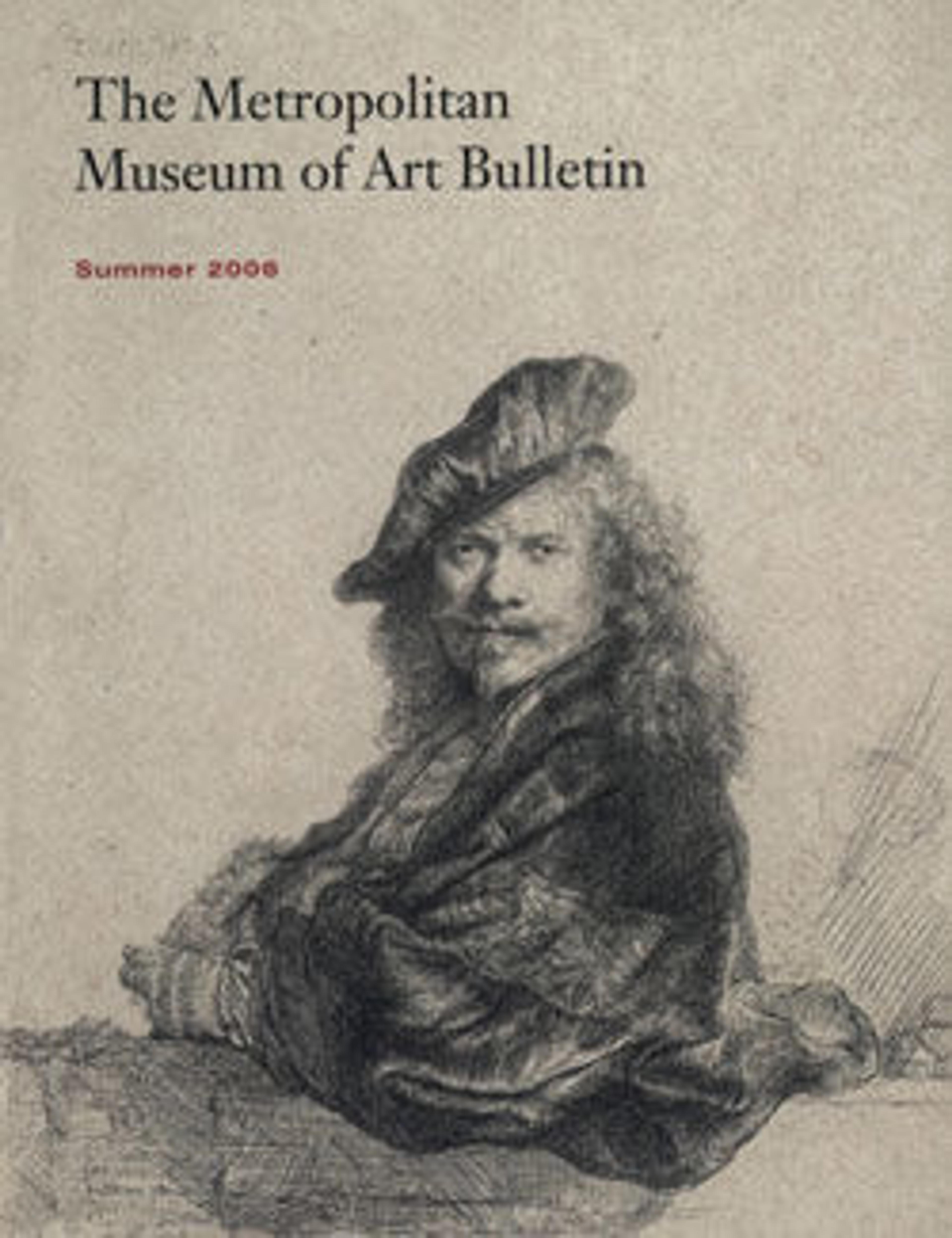Cottage among Trees
Among Rembrandt's sketches of rustic farmhouses and cottages, this drawing is unusually finished in execution and formal in composition. Rembrandt drew the scene with fine pen lines of fairly even width. He applied wash sparingly and rendered the texture of the thatch roof with heavily inked strokes reminiscent of a drypoint burr. In so doing, he created a work related in feeling to his etchings. Rembrandt situated the cottage parallel to the picture plane and framed it symmetrically by adding at the right of the original sheet a strip of paper, on which he extended the tree branches, the fences, and the distant horizon. In its reinterpretation of Italian Renaissance principles of composition, this drawing reveals parallels with paintings Rembrandt made in the years 1648–50, most notably the Supper at Emmaus of 1648 (Musée du Louvre, Paris).
Artwork Details
- Title: Cottage among Trees
- Artist: Rembrandt (Rembrandt van Rijn) (Dutch, Leiden 1606–1669 Amsterdam)
- Date: ca. 1650
- Medium: Pen and brown ink, brush and brown wash, on paper washed with brown
- Dimensions: 6 3/4 x 10 7/8 in. (17.1 x 27.6 cm); vertical strip 6 3/4 x 1 1/4 in. (17.2 x 3.2 cm) added by artist to the sheet at right.
- Classification: Drawings
- Credit Line: H. O. Havemeyer Collection, Bequest of Mrs. H. O. Havemeyer, 1929
- Object Number: 29.100.939
- Curatorial Department: Drawings and Prints
More Artwork
Research Resources
The Met provides unparalleled resources for research and welcomes an international community of students and scholars. The Met's Open Access API is where creators and researchers can connect to the The Met collection. Open Access data and public domain images are available for unrestricted commercial and noncommercial use without permission or fee.
To request images under copyright and other restrictions, please use this Image Request form.
Feedback
We continue to research and examine historical and cultural context for objects in The Met collection. If you have comments or questions about this object record, please contact us using the form below. The Museum looks forward to receiving your comments.
